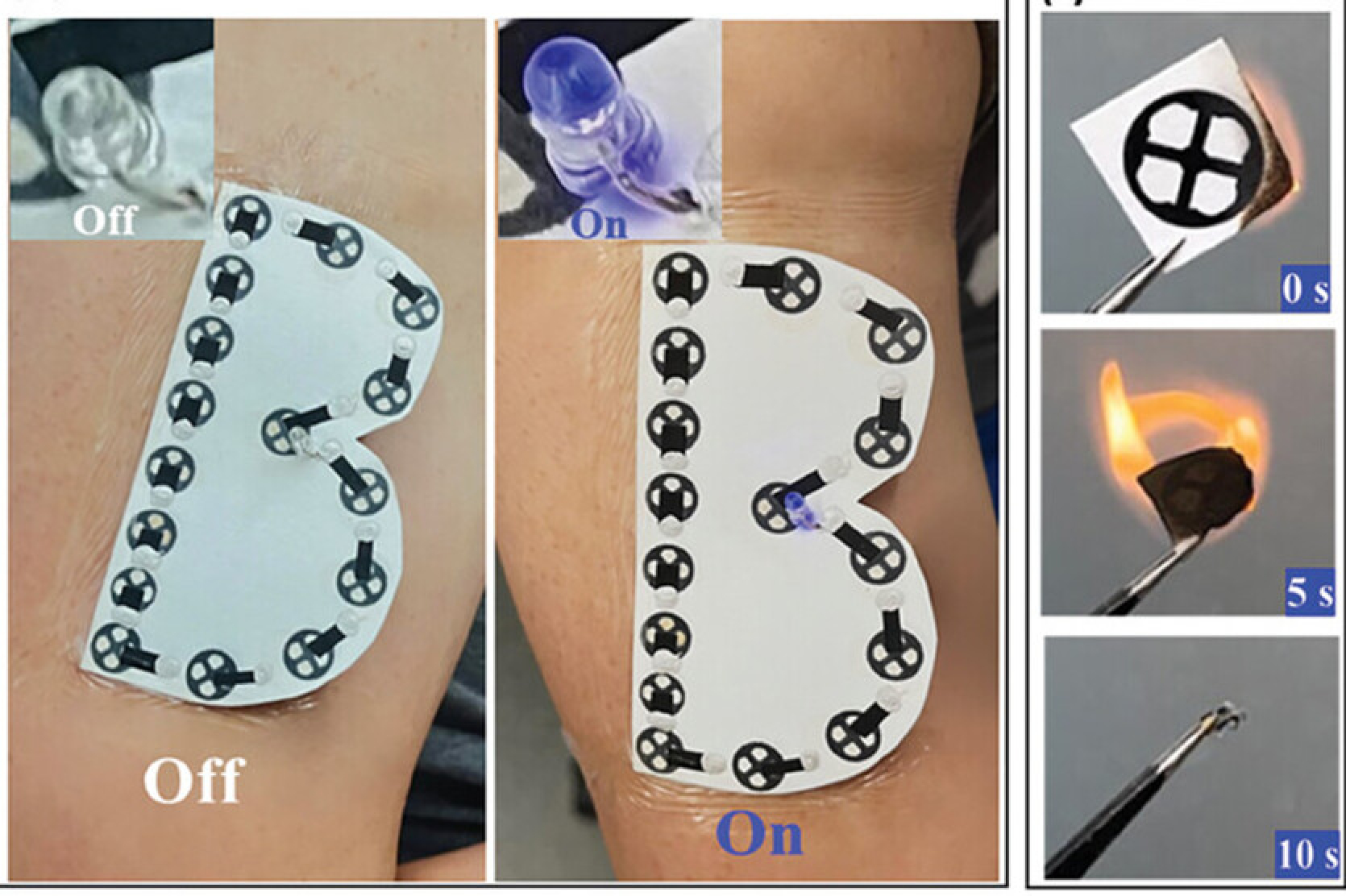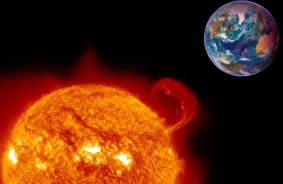Portable electronic devices have rigid batteries that have a relatively short lifespan, and wireless charging is effective only over short distances. A new generator promises something different.
Professor Sokhen Choi from Binghamton University, along with assistant professor Ph.D. Anwar Elhadad and Ph.D. candidate Yan Gao, have developed a novel method for extracting moisture from the air and converting it into electricity. The team has described a portable generator based on paper that provides long-lasting, high-efficiency output by capturing moisture.
“In the future, wearable electronics will utilize energy harvesting methods, but currently, these methods are very unstable over time, random in terms of location, and inefficient. The reason I became interested in this topic is that moisture in our air is ubiquitous, and I realized that extracting energy from moisture is very straightforward,” says Professor Choi.
Building on knowledge gained from 15 years of research in the Bioelectronics and Microsystems Laboratory on bio-batteries, the generator uses bacterial spores as a functional group to split water molecules into positive and negative ions.
The paper's capillaries absorb the spores, which creates a separation with a higher concentration of positive ions at the top than at the bottom — this imbalance generates an electric charge.
The moisture absorption is enhanced by adding a Janus paper layer, which is hydrophobic on one side and hydrophilic on the other. This layer draws in water molecules and holds them inside the device for further ion separation.
Potential improvements to the technology include increasing the output power, developing an energy storage method, and integrating it with other energy sources. Professor Choi also hopes to miniaturize the device to match the scale of micro-electromechanical systems (MEMS).
“The size of the device is too large for me. I’m a MEMS guy! By reducing each individual unit and connecting more cells within a small area, we can significantly enhance power density. Furthermore, since we use paper, we can experiment with many other ideas, including origami techniques,” jokes the professor.
While other researchers are developing long-term wearable devices, Choi is taking the opposite approach, focusing on single-use devices.
“I don’t want to wear something all day for four months. I want to use it for a while and then discard it, so in this case, paper is the best option.”
The research has been published in the journal Small.
Source: TechXplore













Comments (0)
There are no comments for now